Grow Cucumbers Easily: Your Guide to a Bountiful Harvest
Grow Cucumbers Easily – that’s the dream, right? Imagine biting into a crisp, juicy cucumber you’ve grown yourself, bursting with fresh, garden flavor. It’s a far cry from the sometimes bland supermarket variety, and achieving this delicious reality is easier than you might think! This article is your passport to a bumper crop of cucumbers, packed with simple, effective DIY tricks and hacks that will transform your gardening experience.
For centuries, cucumbers have held a special place in human history, featuring prominently in ancient Egyptian art and even mentioned in the Bible. Their refreshing qualities made them a prized possession, and today, that appreciation continues. But growing your own cucumbers isn’t just about connecting with history; it’s about taking control of your food source and enjoying the unparalleled taste of homegrown produce.
Why Grow Your Own Cucumbers?
Let’s be honest, supermarket cucumbers often lack the vibrant flavor and satisfying crunch of freshly picked ones. Plus, there’s something incredibly rewarding about nurturing a plant from seed to harvest. Grow Cucumbers Easily isn’t just a title; it’s a promise. This guide will equip you with the knowledge and practical techniques to overcome common challenges, from choosing the right variety to preventing common pests and diseases. Whether you have a sprawling garden or just a small balcony, you can successfully grow delicious cucumbers.
So, are you ready to embark on this rewarding journey? Let’s dive into the simple DIY tricks and clever hacks that will help you Grow Cucumbers Easily and enjoy the fruits (or should I say, vegetables!) of your labor!
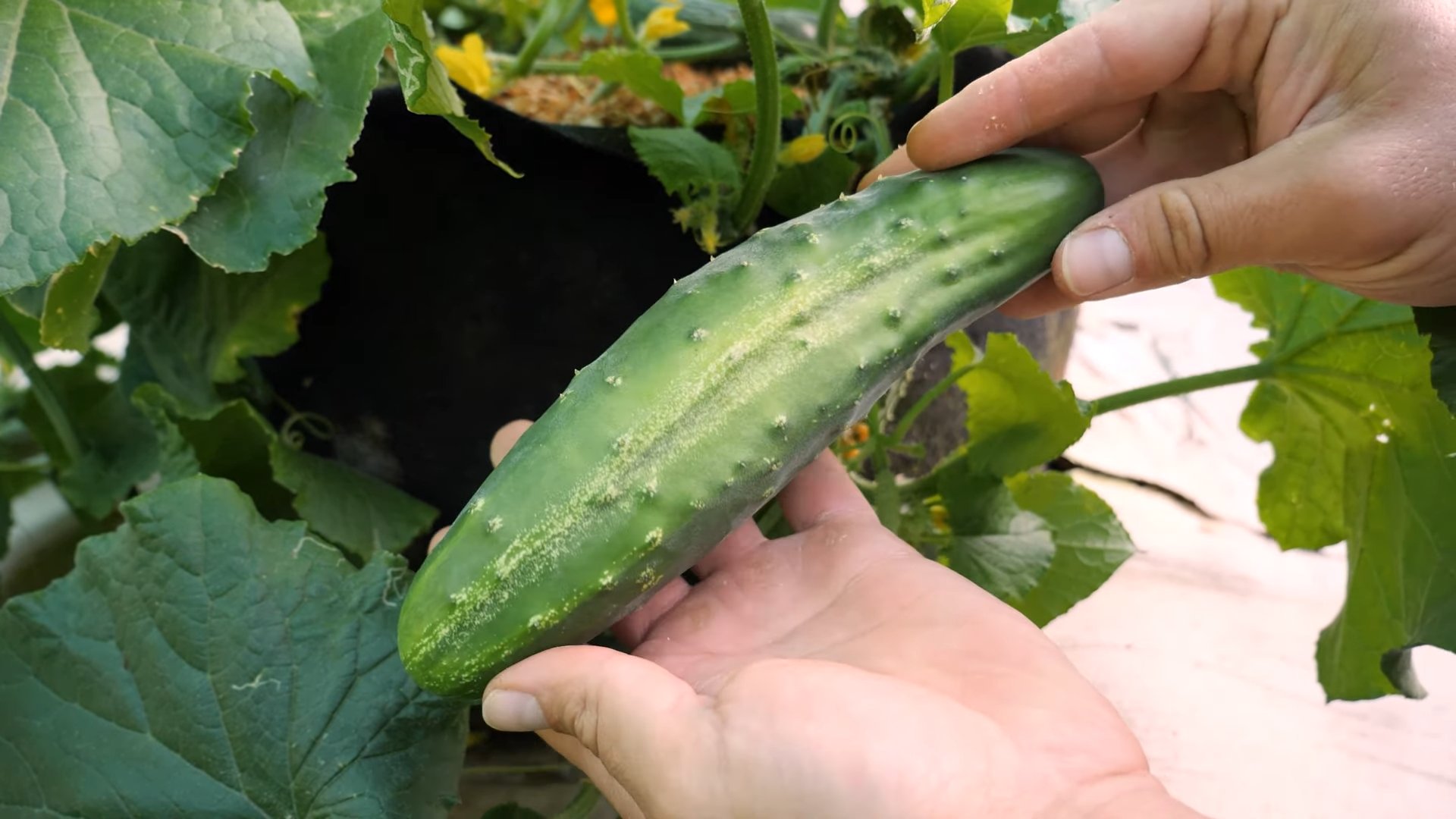
Grow Cucumbers Easily: A Step-by-Step Guide
I’ve always loved the taste of fresh, homegrown cucumbers, but I used to think growing them was a complicated process. Turns out, it’s much easier than I thought! Follow these steps and you’ll be enjoying your own juicy cucumbers in no time.
Choosing Your Cucumbers and Getting Started
- Select your cucumber variety: There are tons of options! Consider space (bush cucumbers are great for smaller gardens), your preferred taste (some are sweeter, some more crisp), and disease resistance. I personally love the space-saving bush varieties and the classic English cucumbers for pickling.
- Decide on your growing method: You can grow cucumbers directly in the ground, in raised beds, or in containers. Containers are fantastic for smaller spaces or if you have poor soil. Raised beds offer better drainage and soil control.
- Prepare your growing area: Regardless of your chosen method, good soil preparation is key. Cucumbers thrive in well-drained, fertile soil. Amend your soil with compost or other organic matter to improve its structure and nutrient content. If using containers, ensure they have drainage holes and are large enough (at least 12 inches in diameter).
- Gather your supplies: You’ll need cucumber seeds or seedlings, soil (if using containers or amending existing soil), compost or other organic matter, watering can, garden trowel or spade, and possibly a trellis or support system (depending on the variety).
Planting Your Cucumber Seeds or Seedlings
- Start seeds indoors (optional): If you’re starting from seed, sow them indoors 4-6 weeks before the last expected frost. Use seed starting mix and keep the soil consistently moist. Once seedlings have a few true leaves, they’re ready for transplanting.
- Plant directly in the ground: Once the soil has warmed up (at least 60°F) and all danger of frost has passed, you can directly sow seeds. Plant seeds about 1 inch deep and 12-18 inches apart, depending on the variety.
- Transplant seedlings: If you started seeds indoors, carefully transplant them into your prepared garden bed or container. Handle the seedlings gently to avoid damaging their roots. Space them according to the variety’s instructions.
- Water thoroughly: After planting, water deeply to help the seeds or seedlings settle into the soil. Keep the soil consistently moist, but not waterlogged.
Providing Support and Ongoing Care
- Install a trellis or support system (if needed): Many cucumber varieties, especially vining types, benefit from support. A trellis, cage, or even stakes can help keep the plants off the ground, improve air circulation, and prevent diseases. Train the vines to climb the support as they grow.
- Water regularly: Cucumbers need consistent moisture, especially during hot and dry periods. Water deeply and regularly, aiming for about 1 inch of water per week. Mulching around the plants can help retain soil moisture.
- Fertilize as needed: While cucumbers aren’t heavy feeders, a balanced fertilizer can promote healthy growth and fruit production. Follow the instructions on the fertilizer package for application rates. I prefer using organic fertilizers.
- Monitor for pests and diseases: Regularly inspect your plants for signs of pests like aphids, cucumber beetles, or spider mites. Address any infestations promptly using appropriate methods, such as insecticidal soap or neem oil. Good air circulation can help prevent fungal diseases.
- Pollination: While many cucumber varieties are self-pollinating, you can encourage pollination by gently shaking the plants or introducing bees to your garden. Bees are attracted to flowers, so planting other flowering plants nearby can help.
Harvesting Your Cucumbers
- Harvest at the right time: The best time to harvest cucumbers depends on the variety and your preference. Generally, cucumbers are ready to harvest when they are firm, smooth-skinned, and have reached the desired size. Don’t let them get too large or they’ll become bitter.
- Harvest regularly: Regular harvesting encourages the plant to produce more cucumbers. Harvest every few days to keep the plants productive.
- Harvesting technique: Use a sharp knife or garden shears to cut the cucumbers from the vine, leaving a short stem attached. Avoid pulling or twisting the cucumbers, as this can damage the plant.
Troubleshooting Common Cucumber Growing Problems
Yellowing Leaves
Yellowing leaves can indicate several issues, including nutrient deficiencies, overwatering, or underwatering. Check your watering schedule and consider a soil test to determine nutrient levels.
Blossom-End Rot
This is characterized by a dark, leathery spot at the blossom end of the fruit. It’s often caused by inconsistent watering. Ensure consistent moisture by watering deeply and regularly.
Powdery Mildew
This fungal disease appears as a white powdery coating on the leaves. Good air circulation and avoiding overhead watering can help prevent it. If it appears, you may need to use a fungicide.
Remember to always check the specific needs of your chosen cucumber variety for optimal results!
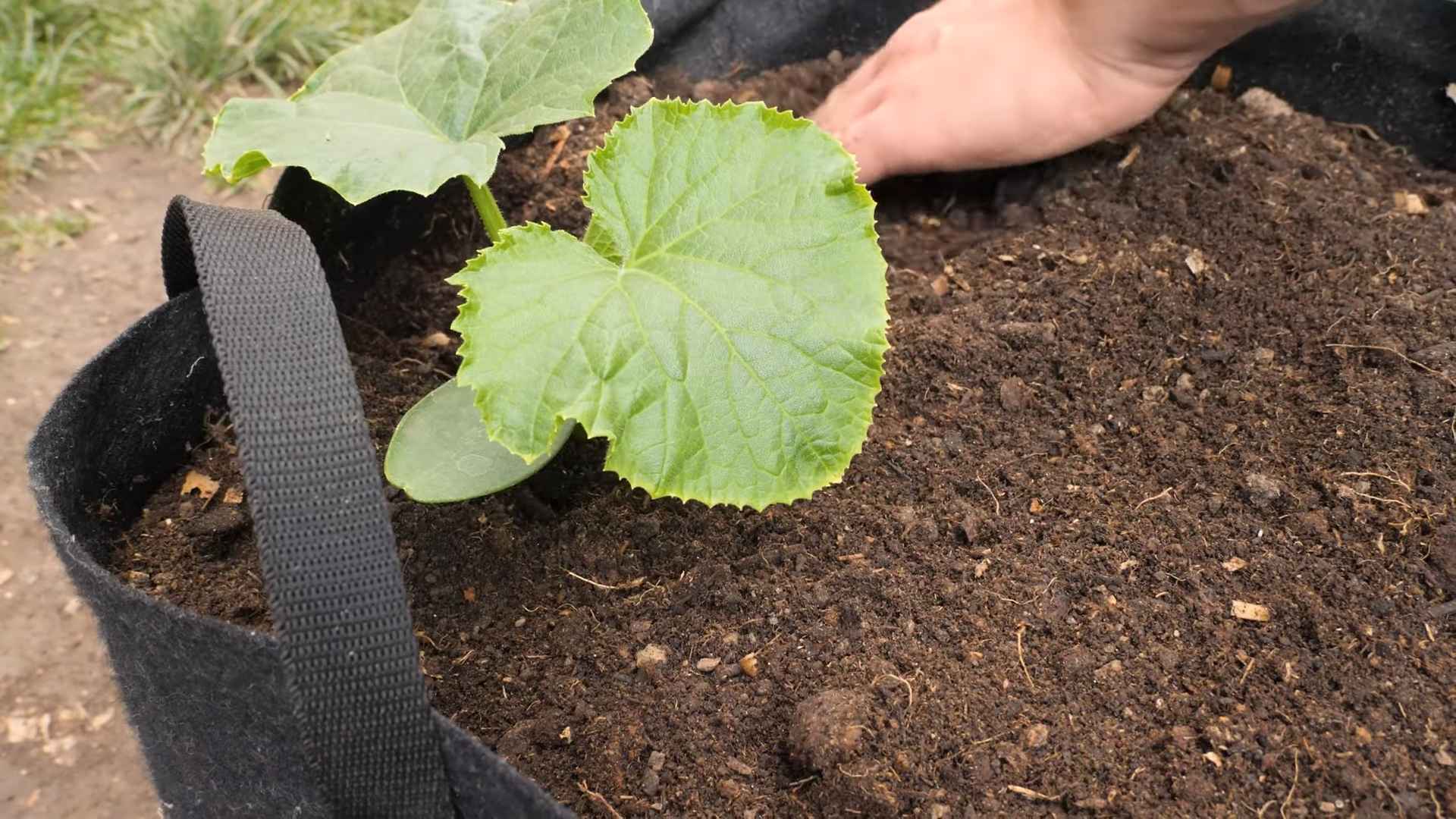
Conclusion
So there you have it – a simple yet effective guide to growing your own cucumbers! This DIY approach to cucumber cultivation offers a rewarding experience for gardeners of all levels, from seasoned pros to enthusiastic beginners. By following these straightforward steps, you’ll be amazed at how easily you can cultivate these refreshing and versatile vegetables right in your own backyard, balcony, or even window box. This method eliminates the guesswork and frustration often associated with growing cucumbers, providing a reliable path to a bountiful harvest. The secret lies in understanding the specific needs of cucumber plants and providing them with the optimal environment for thriving. This DIY trick isn’t just about growing cucumbers; it’s about connecting with nature, enjoying the process of nurturing life, and savoring the unparalleled taste of homegrown produce. The satisfaction of biting into a crisp, juicy cucumber that you’ve grown yourself is simply unmatched.
Beyond the basic method outlined, there are numerous ways to personalize your cucumber growing experience. Experiment with different cucumber varieties! From the classic English cucumbers to the smaller pickling cucumbers, the options are vast and each offers a unique flavor and texture. Consider vertical gardening techniques, especially if space is limited. Trellises or hanging baskets can maximize your yield while minimizing the space required. You can also explore companion planting, pairing your cucumbers with herbs like basil or dill, which can deter pests and enhance the overall flavor of your garden. Don’t be afraid to get creative and adapt the techniques to suit your specific environment and preferences. The beauty of this DIY approach is its flexibility – it can be tailored to fit any garden, big or small.
We strongly encourage you to try this DIY method for growing cucumbers. It’s a rewarding journey that will not only provide you with fresh, delicious cucumbers but also a deeper appreciation for the wonders of nature. Share your experience with us! We’d love to hear about your successes, challenges, and any innovative twists you add to the process. Post pictures of your thriving cucumber plants on social media using #GrowCucumbersEasily and tag us – we can’t wait to see your flourishing gardens and the delicious results of your hard work. Remember, growing your own food is a deeply satisfying experience, and this simple method makes it accessible to everyone. So, grab your seeds, get your hands dirty, and embark on this fulfilling adventure of growing your own cucumbers. You won’t regret it!
Frequently Asked Questions
Q: What type of soil is best for growing cucumbers?
A: Cucumbers thrive in well-drained, fertile soil with a slightly acidic to neutral pH (6.0-7.0). Amend heavy clay soils with compost or other organic matter to improve drainage and aeration. Sandy soils may benefit from the addition of organic matter to retain moisture.
Q: How much sunlight do cucumbers need?
A: Cucumbers are sun-worshippers! They need at least 6-8 hours of direct sunlight per day to produce a bountiful harvest. Choose a location in your garden that receives ample sunlight throughout the day.
Q: How often should I water my cucumbers?
A: Consistent watering is crucial for healthy cucumber growth. Water deeply and regularly, especially during dry periods. Aim to keep the soil consistently moist but not waterlogged. Overwatering can lead to root rot, while underwatering can result in stunted growth and reduced yield.
Q: What are some common cucumber pests and diseases, and how can I prevent them?
A: Common cucumber pests include aphids, spider mites, and cucumber beetles. Regularly inspect your plants for signs of infestation and take appropriate action. Companion planting with herbs like basil or dill can help deter pests. Diseases like powdery mildew can be prevented by ensuring good air circulation around the plants and avoiding overhead watering.
Q: When is the best time to harvest cucumbers?
A: The optimal time to harvest cucumbers depends on the variety and your preference. Generally, cucumbers are ready for harvest when they are firm, have reached their desired size, and have a deep color characteristic of the variety. Harvesting regularly encourages continued production.
Q: Can I grow cucumbers in containers?
A: Absolutely! Container gardening is a great option for growing cucumbers, especially if you have limited space. Choose large containers (at least 10 gallons) with drainage holes and use a well-draining potting mix. Consider using a trellis or other support system to help the vines climb.
Q: What should I do if my cucumber plants are not producing fruit?
A: Several factors can affect cucumber fruit production. Ensure your plants are receiving adequate sunlight, water, and nutrients. Check for pests and diseases and address any issues promptly. Pollination problems can also affect fruit set; consider hand-pollinating if necessary. If you are still experiencing problems, consult a local gardening expert for further assistance.
Q: Can I save seeds from my homegrown cucumbers for next year?
A: Yes, you can! Allow some cucumbers to fully ripen on the vine until they turn yellow or brown. Let them dry completely, then carefully remove the seeds and store them in a cool, dry place for planting the following season. Remember that hybrid cucumber varieties may not produce true-to-type seeds.
Q: What are the benefits of growing my own cucumbers compared to buying them from the store?
A: Growing your own cucumbers offers numerous advantages. You’ll enjoy the freshest, most flavorful cucumbers possible, free from pesticides and other chemicals. It’s a rewarding and educational experience, connecting you with nature and providing a sense of accomplishment. Plus, you’ll save money in the long run!

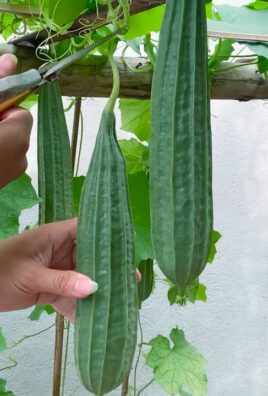
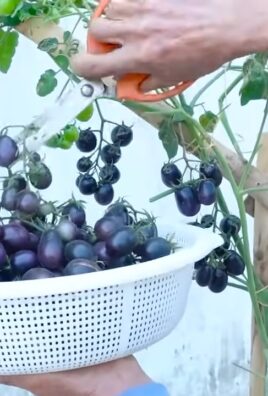
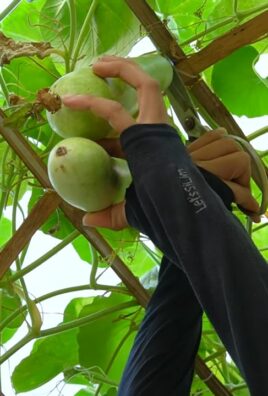
Leave a Comment